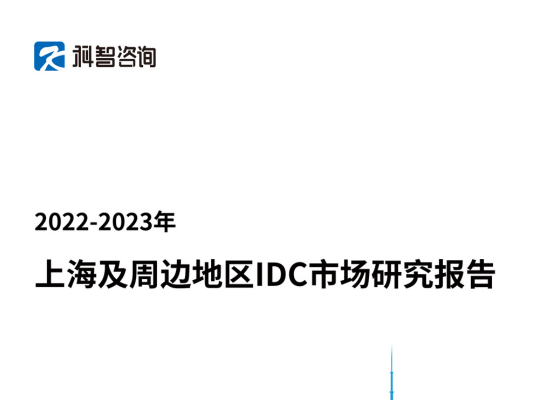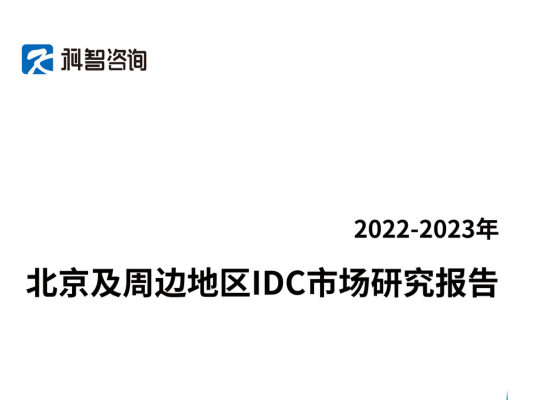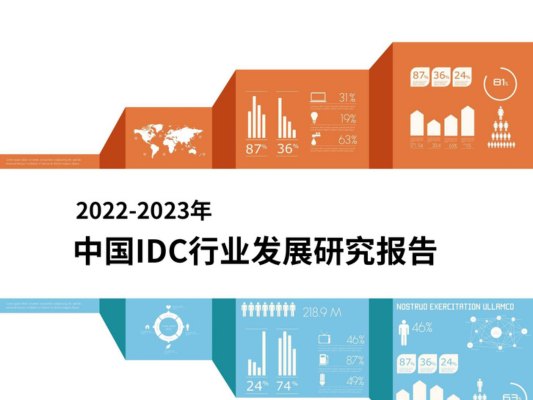October 21, 2025
NorthWestern Energy is developing a specialized "large load" tariff to govern how data centers connect to Montana's power grid, as outlined in recent filings with the state's Public Service Commission (PSC).
The move comes amid concerns from advocacy groups about the strain these high-energy-use facilities could place on the state's electrical infrastructure. In a filing last Friday, the groups revealed that NorthWestern, which has an average daily peak load of 760 megawatts (MW) and a maximum peak of roughly 1,300 MW, is planning to serve at least three data centers. These facilities could eventually scale up to a combined demand of approximately 2,250 MW by 2030.
The Montana Environmental Information Center, Honor the Earth, and the NW Energy Coalition, represented by Earthjustice, have jointly advocated for the creation of a separate rate class exclusively for data centers. They argue this would shield other utility customers from bearing the costs associated with supplying power to these massive operations.
"Distinguishing customers into different classes allows customers to pay the costs associated with supplying their specific class," the groups stated in their comments.
The coalition insists that any new tariff must be specifically designed for large data centers, not all large loads generally. They recommend it address issues including minimum load requirements, financial collateral, support for low-income ratepayers, energy efficiency measures, and incentives for developing clean energy.
Furthermore, the groups urged the PSC to require NorthWestern to demonstrate that servicing large data centers will not compromise resource adequacy or negatively impact existing customers before any service agreements are finalized.
The regulatory backdrop for this issue was clarified in early September when the PSC challenged NorthWestern's earlier position that it did not need commission approval to supply large loads. The PSC directed the utility to inform potential customers with loads exceeding 5 MW that they can seek electricity from alternative suppliers. It also emphasized that state law requires NorthWestern to prove to the PSC that serving large loads will not harm other customers in the long term.
In a September 17th filing, NorthWestern responded, confirming its plan to propose a large load tariff. The company stated this would "provide a venue for discussing the issue," and include "consideration of the benefits and risks of serving such loads."
"Our goal is to ensure that all interested parties have a clear and consistent framework for addressing these critical issues, while continuing to support Montana’s economic development and protecting existing customers," NorthWestern said.
The utility confirmed it is in discussions with potential data center customers but has not yet signed any letters of intent or formal agreements. NorthWestern noted it is too early to determine the specific impact of data centers on its resource adequacy, adding that its projections for 2026–2031 will be updated as each new large load is evaluated.
In a related development, NorthWestern Energy Group and Black Hills Corp. announced in August a planned merger for late 2026, citing in part the need to strengthen their financial positions during a period of significant grid expansion driven by data center growth.
According to its February annual report filed with the U.S. Securities and Exchange Commission, NorthWestern owns approximately 1,065 MW of generation capacity in Montana and contracts for an additional 1,070 MW.
SOURCE Utilitydive.com




